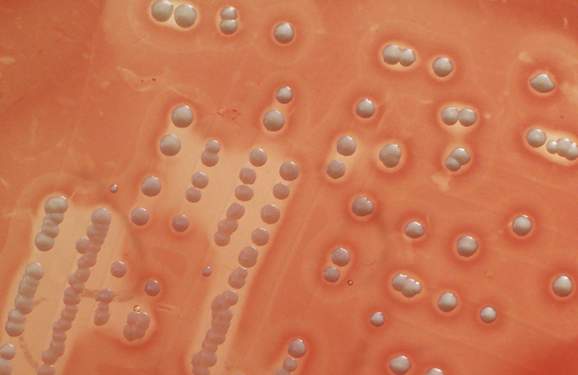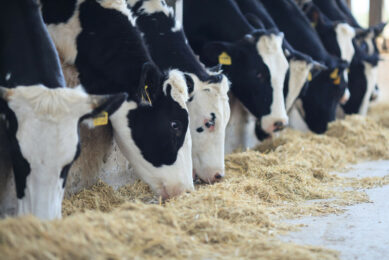Human origins of MRSA strain in food animals

A strain of the antibiotic-resistant bacterium known as MRSA has jumped from food animals to humans, according to a new study led by the Translational Genomics Research Institute (TGen), Phoenix, AZ, USA.
The study published last week in the online journal mBio focuses on MRSA CC398, a strain of methicillin-resistant Staphylococcus aureus.
The study suggests that MRSA CC398 probably started as a non-resistant (antibiotic-susceptible) strain in humans before it spread to food animals where it subsequently became resistant to several antibiotics.
Whole genome sequencing, a cutting-edge testing method in which billions of molecules of DNA are spelled out in exquisite detail, enabled the scientists to trace the likely history of MRSA CC398.
89 Genomes
Researchers at 20 institutes joined forces to study 89 genomes from humans and animals spanning 19 countries and four continents.
Researchers at 20 institutes joined forces to study 89 genomes from humans and animals spanning 19 countries and four continents.
The study’s international team of scientists found that the jump of Staphylococcus from humans to food animals was followed by the bacterium becoming resistant; first to tetracycline, and then later to methicillin – two important antibiotics for treating Staphylococcus infections.
MRSA CC398 is often referred to as ‘pig-MRSA’ or ‘livestock-associated MRSA’ because it most often infects people with direct exposure to swine and other food animals.
“Our results strongly suggest that food animals-associated MRSA CC398 originated in humans as MSSA (methicillin-susceptible S. aureus),” the report concludes.
Once in animals, the microbe became resistant to tetracycline and methicillin, likely as a result of the routine antibiotic use that characterises modern food-animal production, the study said.
Potential public health risk
Dr Lance Price, the study’s lead author and director of the TGen’s Center for Food Microbiology and Environmental Health, said, “Our findings underscore the potential public health risks of widespread antibiotic use in food animal production. Staph thrives in crowded and unsanitary conditions. Add antibiotics to that environment and you’re going to create a public health problem.
Dr Lance Price, the study’s lead author and director of the TGen’s Center for Food Microbiology and Environmental Health, said, “Our findings underscore the potential public health risks of widespread antibiotic use in food animal production. Staph thrives in crowded and unsanitary conditions. Add antibiotics to that environment and you’re going to create a public health problem.
“Retracing the evolutionary history of MRSA CC398 is like watching the birth of a superbug – it’s simultaneously fascinating and disconcerting,” added Dr Price. “MRSA CC398 was discovered less than a decade ago and it appears to be spreading very quickly.”
Dr Paul Keim, one of the study’s authors and director of TGen’s Pathogen Genomics Division, said the study describes evolution in action: "The most powerful force in evolution is ‘selection.’ And, in this case, humans have supplied a strong force through the excessive use of antibiotic drugs in farm animal production.
“We can’t blame nature or the germs. It is our inappropriate use of antibiotics that is now coming back to haunt us. The good news is that this study clearly shows the way to change evolution and remove this and other similar threats to our health," said Dr. Keim, who also is a Regents professor of Biology at Northern Arizona University, and director of NAU’s Center for Microbial Genetics and Genomics.
Epidemiology
Dr Frank M. Aarestrup, head of the microbial genomics and antimicrobial resistance unit at the Technical University of Denmark, said the study provided valuable information about the origins and future risks of this MRSA strain.
Dr Frank M. Aarestrup, head of the microbial genomics and antimicrobial resistance unit at the Technical University of Denmark, said the study provided valuable information about the origins and future risks of this MRSA strain.
“Given its rapid emergence and trajectory of increasing importance in humans, the evolutionary history of MRSA CC398 has relevance for the epidemiology of MRSA and global health,” said Aarestrup.











